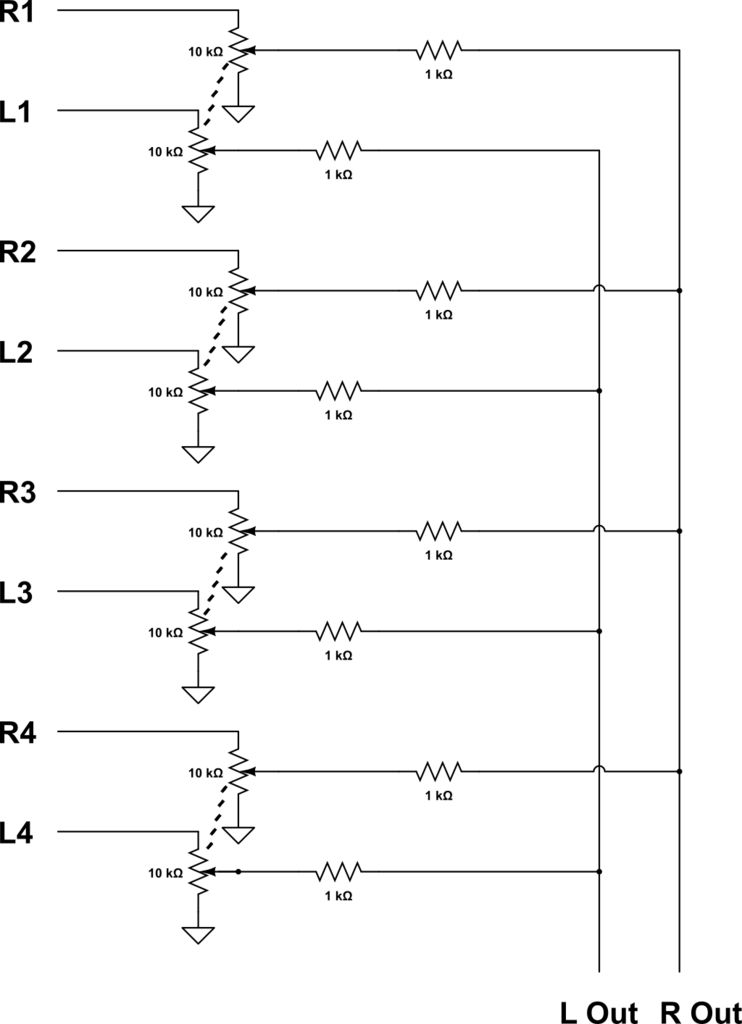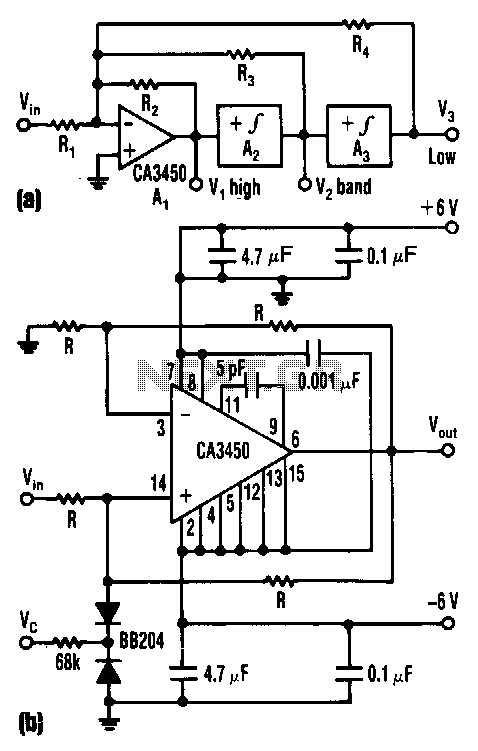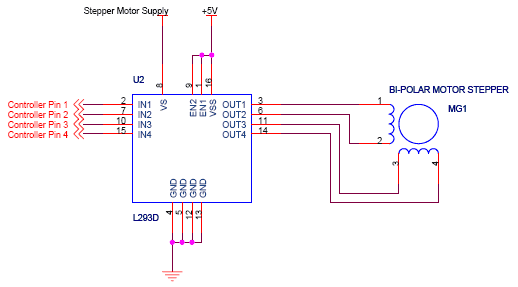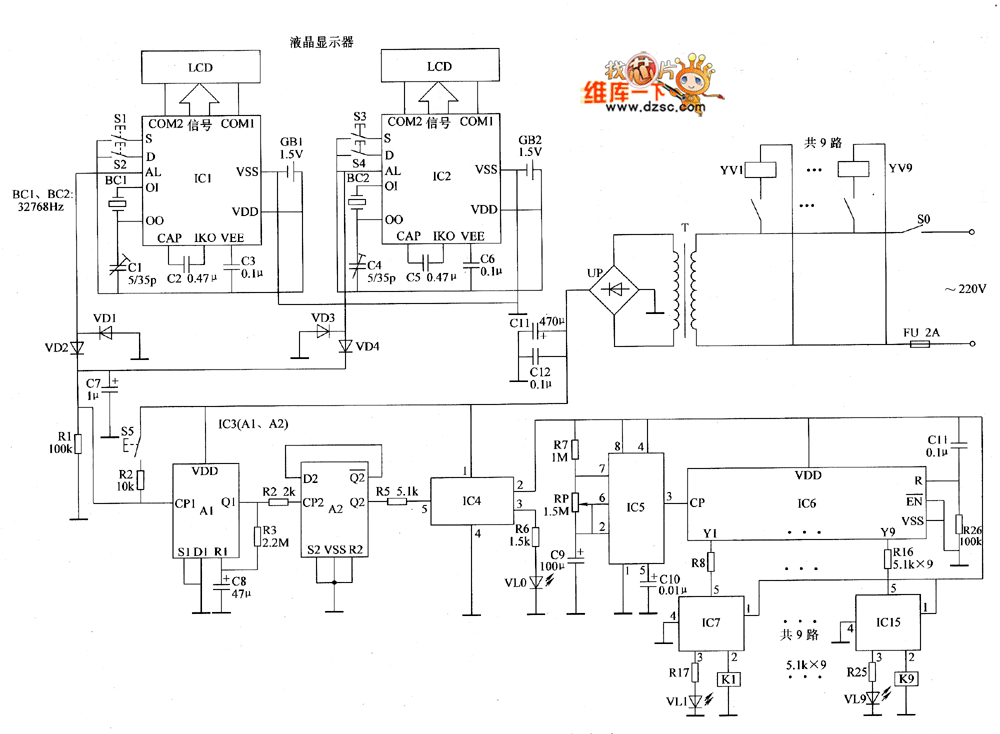
Passive Audio Mixer Channel Volume Control

This audio mixer combines multiple audio inputs into a single audio output, equipped with knobs to adjust the volume for each channel. The specific build includes...
The audio mixer is designed to facilitate the blending of various audio signals, allowing for a cohesive output that can be utilized in various applications such as live sound reinforcement, studio recording, or broadcasting. The mixer typically consists of several input channels, each featuring a volume control knob that enables the user to adjust the level of each audio source independently.
In a standard configuration, the mixer may include features such as equalization controls, which allow for the adjustment of tonal characteristics of each channel, and auxiliary sends, which provide the ability to route audio signals to external effects processors or monitors. The output stage of the mixer is usually equipped with a master volume control, ensuring that the overall output level can be managed effectively.
The circuitry of the audio mixer typically involves operational amplifiers (op-amps) for signal amplification and mixing, with resistors and capacitors employed to shape the audio signals and filter out unwanted frequencies. The layout of the mixer should ensure minimal noise and interference, often achieved through careful grounding and shielding techniques.
Power supply considerations are crucial, as the mixer will require a stable voltage to operate the op-amps and other active components. The design may incorporate a regulated power supply to maintain consistent performance across various operating conditions.
Overall, the audio mixer serves as an essential tool for audio engineers, providing the flexibility to manage multiple sound sources and create a polished final output.This Audio Mixer mixes multiple audio inputs to a single audio output, with knobs to control the volume of each channel. My particular build features.. 🔗 External reference
The audio mixer is designed to facilitate the blending of various audio signals, allowing for a cohesive output that can be utilized in various applications such as live sound reinforcement, studio recording, or broadcasting. The mixer typically consists of several input channels, each featuring a volume control knob that enables the user to adjust the level of each audio source independently.
In a standard configuration, the mixer may include features such as equalization controls, which allow for the adjustment of tonal characteristics of each channel, and auxiliary sends, which provide the ability to route audio signals to external effects processors or monitors. The output stage of the mixer is usually equipped with a master volume control, ensuring that the overall output level can be managed effectively.
The circuitry of the audio mixer typically involves operational amplifiers (op-amps) for signal amplification and mixing, with resistors and capacitors employed to shape the audio signals and filter out unwanted frequencies. The layout of the mixer should ensure minimal noise and interference, often achieved through careful grounding and shielding techniques.
Power supply considerations are crucial, as the mixer will require a stable voltage to operate the op-amps and other active components. The design may incorporate a regulated power supply to maintain consistent performance across various operating conditions.
Overall, the audio mixer serves as an essential tool for audio engineers, providing the flexibility to manage multiple sound sources and create a polished final output.This Audio Mixer mixes multiple audio inputs to a single audio output, with knobs to control the volume of each channel. My particular build features.. 🔗 External reference





